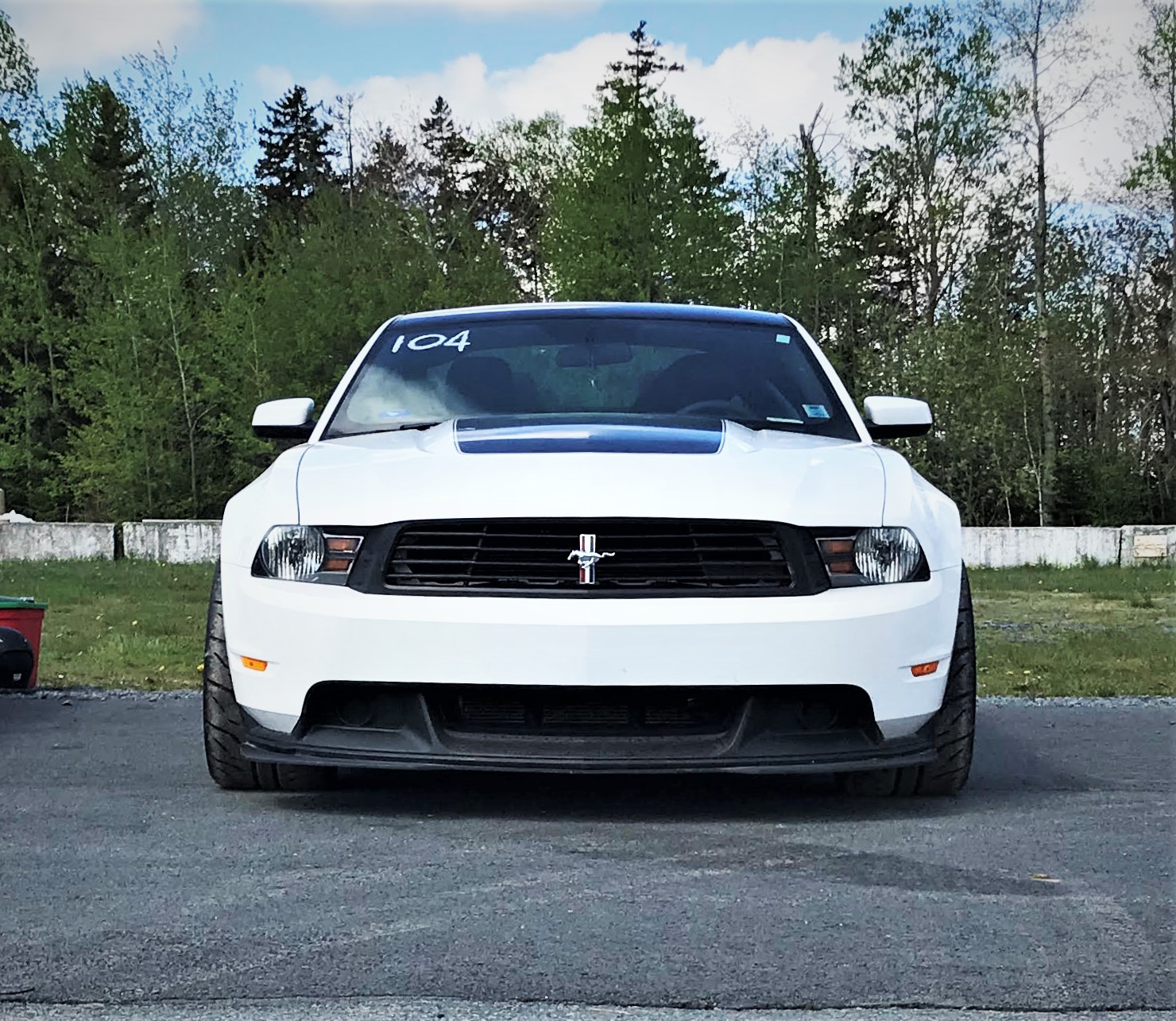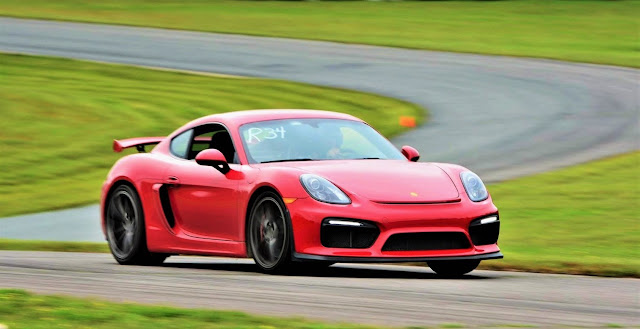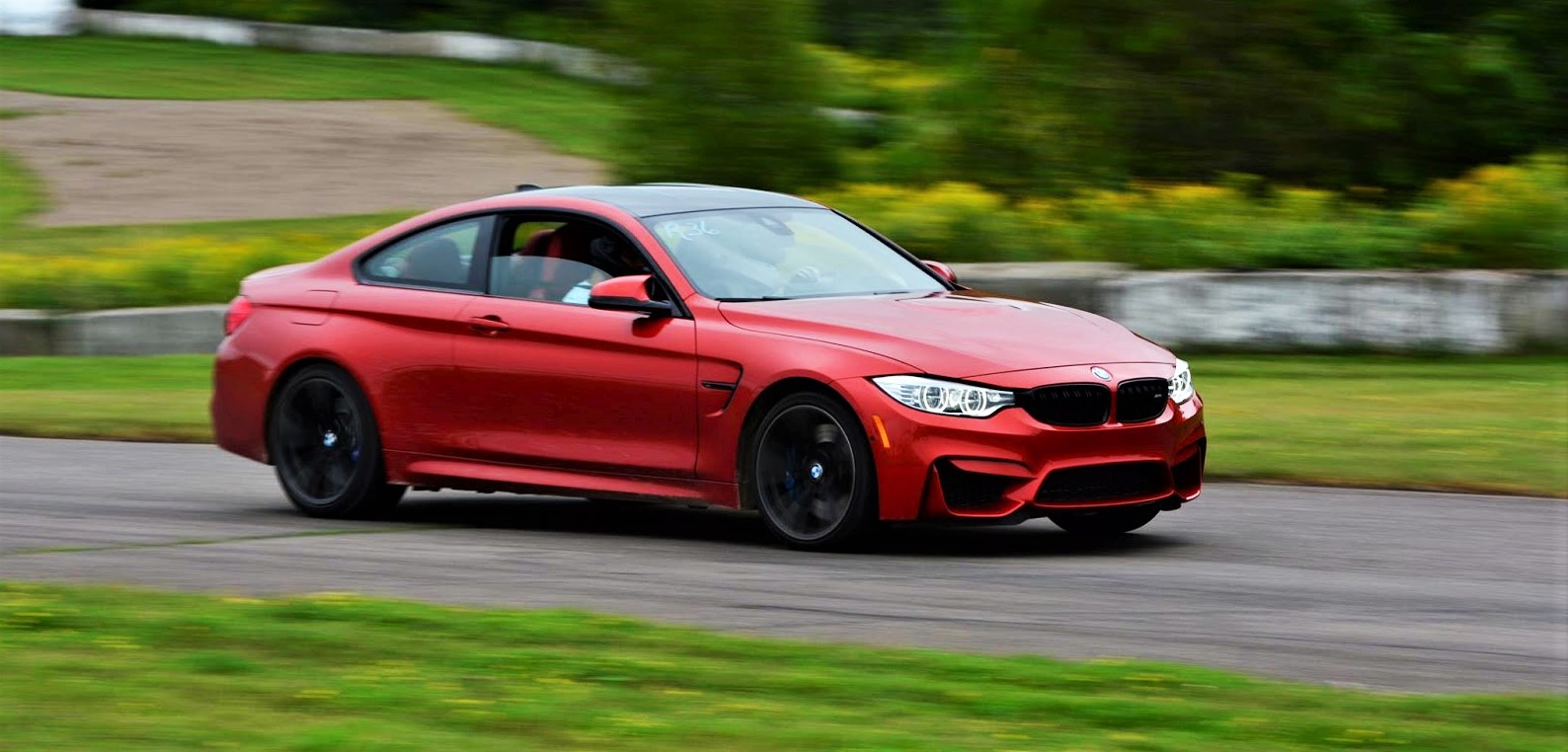It's in a league "well beyond the reach of the current Porsche crowd." That's what Car and Driver had to say about the new Corvette during their test after posting a 1.08 g score on GM's black-lake circle. Much like the outgoing C6 Corvette, opinions about the new Corvette seem to be anonymous. However, unlike the outgoing C6 Corvette which was praised for its performance capabilities and value but criticized for the quality of the interior and the seats, the C7 Corvette Stingray seem to be basically flawless. We'll get the easy stuff out of the way first - the numbers. The best numbers were achieved by Edmunds, where they were able to do a 0-60 mph sprint in just 3.8 seconds and the 1/4 mile was dealt with in 12 seconds flat at 117 mph. For comparison, the last Grand Sport Edmunds tested did the same deeds in 4.2 seconds and 12.5 s @ 115.1 mph. The Stingray was able to blast through a 6 x 100 ft slalom at 72.8 mph and hold 1.08 g around the skidpad wh
Last year, I picked up a 2009 Lancer Ralliart to do a long term test with it as a dual duty track/daily. One of the first things I knew I was going to do was put a decent set of tires on it. The car came without OEM wheels which was actually good because I didn't have to hesitate about getting a good set of aftermarket wheels to support going wider. Thankfully, my friends at YST Auto Halifax set me up with a great set of Superspeed RF03RR wheels. The Wheels I had never even heard of Superspeed but I trusted the good folk at YST Auto who mentioned some customer cars running on track with them. These wheels are rotary forged which is basically a prerequisite to be taken seriously in this market populated by companies like TSW and Fast Wheels. The wheels looked like a high quality, well finished wheel and each had a "QC" check sticker on. Just for appearances? Maybe, but I found no defects. The wheels seemed easy to balance (didn't need many weights) and at 18.1 lb. f










